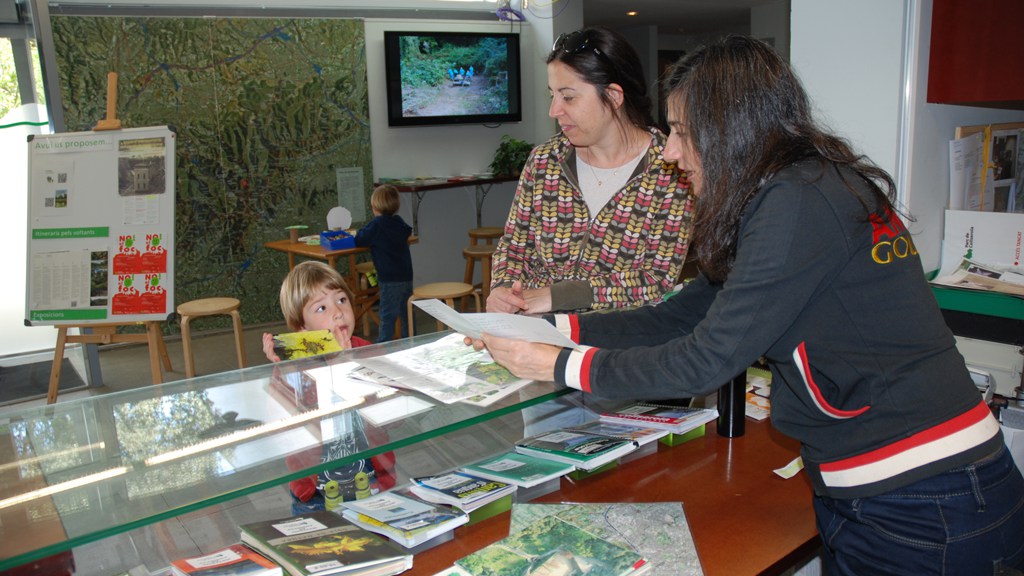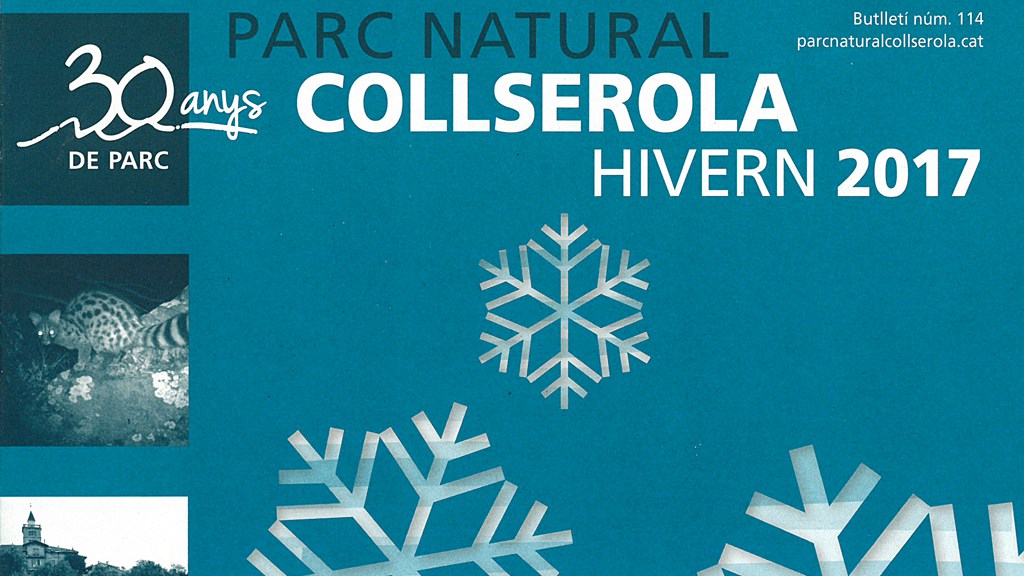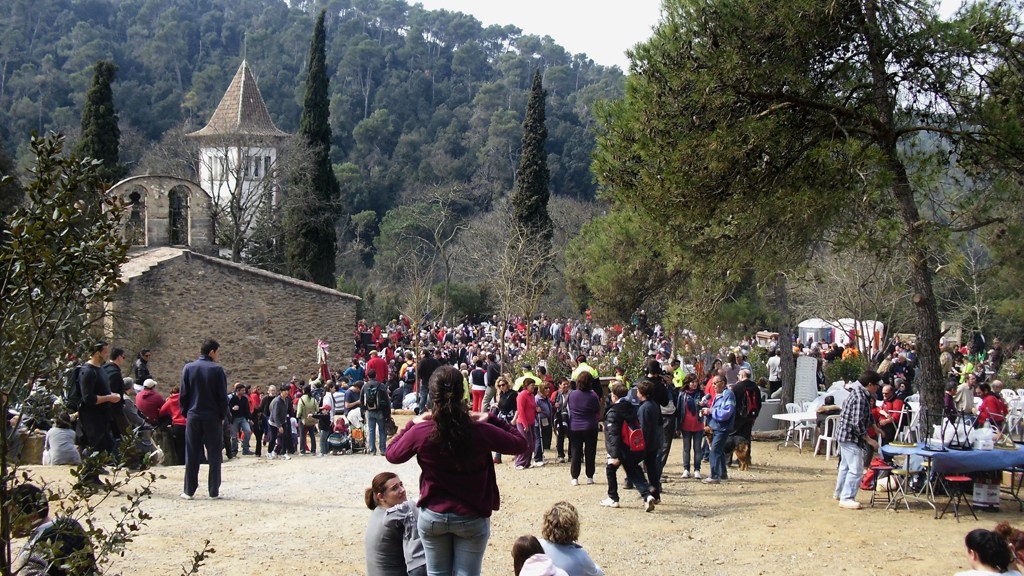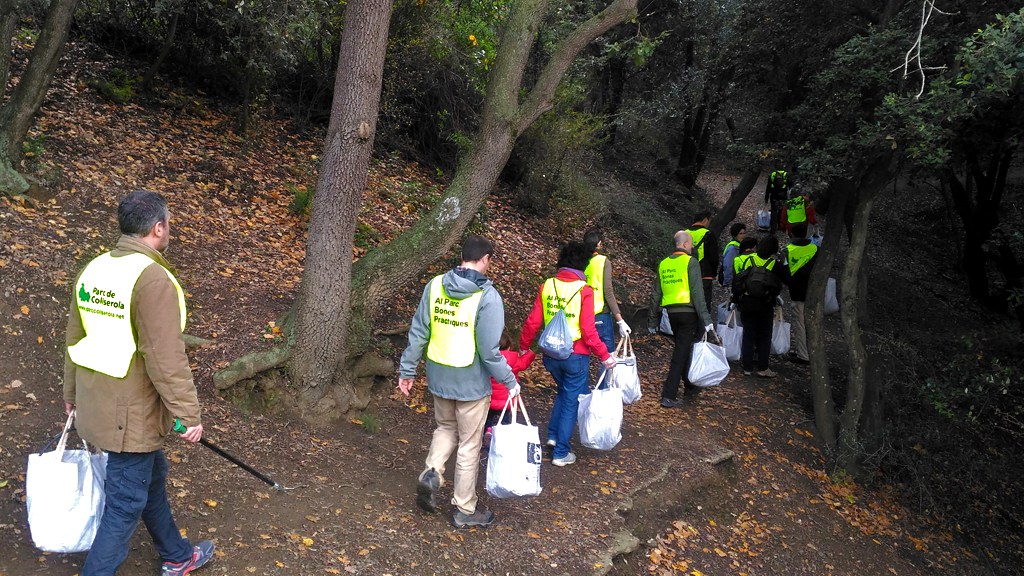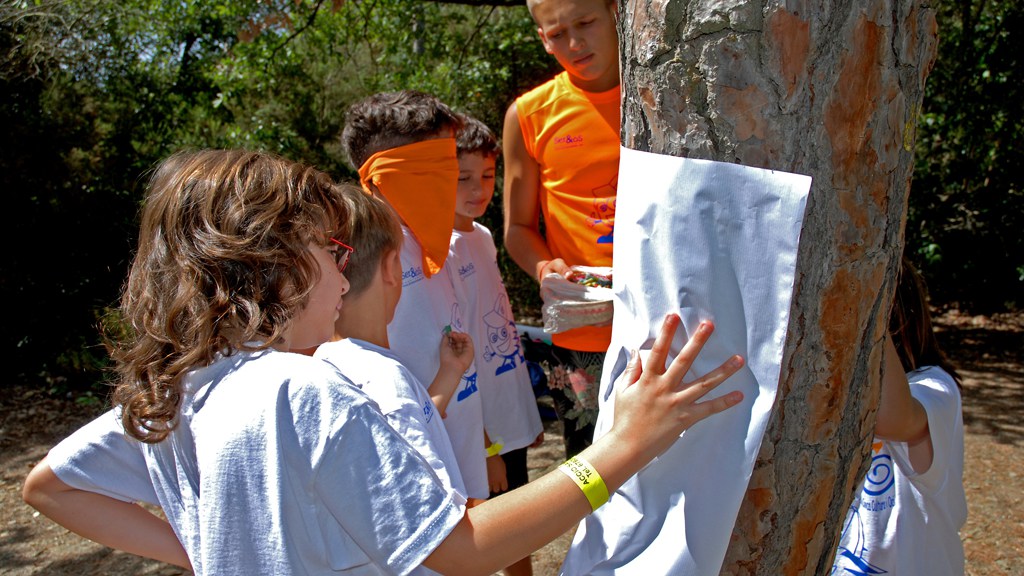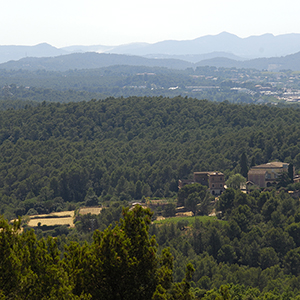Regulation, communication and education strategies are essential in addressing the challenge of making usage of the park compatible with its conservation, and are an integral aspect of its management. As well as improving visitors’ experience of the park, we seek to involve citizens in its conservation and in all those beneficial aspects that the park provides us by virtue of its very existence, its contributions to our health and wellbeing, as well as to the advancement of culture and sustainability.
Information and services for visitors
The educational function of the park is linked to the desire to serve people and meet their needs. The visitor reception centres, with expert staff and appropriate equipment, are essential to achieve this goal. In the Collserola mountains, with their long tradition of usage and popularity, attending to visitors has become a determining factor and a core component of the management of the public usage of the park.
Institutional public relations
The Consortium’s Public Relations Programme is an educational tool designed to convey to citizens, organisations, consortium members and companies the message that it is important to preserve the natural assets of the Collserola chain of mountains. It is also an excellent tool for arriving at alliances, support and collaborative ventures with external groups of interest.
Regulating public access and usage
The management body places particular emphasis on a two-fold goal: to regulate and at the same time raise awareness of the need to carry out activities that respect the environment to the full. To this end, it focuses especially on best practices at the level of visitors’ individual activities as well as the organisation of group activities.
Promoting involvement
To ensure that the management of the park is effective, the public’s maximum involvement is required. To this end, an extensive array of programmes is organised for individuals, organisations, associations and companies with the aim of raising their awareness of the park’s assets and of sharing with them what it means to preserve and improve the natural systems and built elements in the park.
Study in the Park
Study in the Park is an educational tool that has, for the last 20 years and more, offered educational centres, bodies and associations the educational resources available in the park. It includes a wide range of educational proposals and resources for visits that are aimed in the main at schools but also any other body that wishes to include the Collserola Natural Park in its programme.
Documentation and advice (CDRE)
Collserola Natural Park’s CDRE (Documentation and Educational Resources Centre) is intended to meet the needs of individuals and organisations interested in Collserola who require a more comprehensive level of service for reasons of study, research, activity preparation, etc. than that available at a visitor Information Centre.
Access to information is a basic tool. The CDRE is a service that supports the management of Collserola, with a special emphasis on disseminating the educational resources generated by the park itself. Its work is structured into the following areas: documentation, educational resources and co-ordination with other documentation centres.
2016-2020 Public Usage Strategy
The goal of this strategy is to improve citizens’ perception of the benefits provided by natural spaces, as well as their understanding of the need to establish new regulatory measures for Collserola.
Of the various major future challenges that must be addressed, one of the most worrying is high visitor numbers due to the social conflicts that may arise from crowds of people and the associated environmental impact, such as increased risk of forest fires, the loss of biodiversity and damage to habitats.
Every year, the park receives 3 million visitors, who engage in all kinds of activities, every day of the week and almost 24 hours a day.
Collserola is a natural park where nature is wild and is governed by its own ecological balance. The park is a key factor in the quality of life of the people who live around it. The management of protected natural sites is focused on controlling activities that have a detrimental effect and on restoring habitats, while at the same ensuring visitors are able to enjoy their time in the natural environment and that all users and their activities are compatible.

